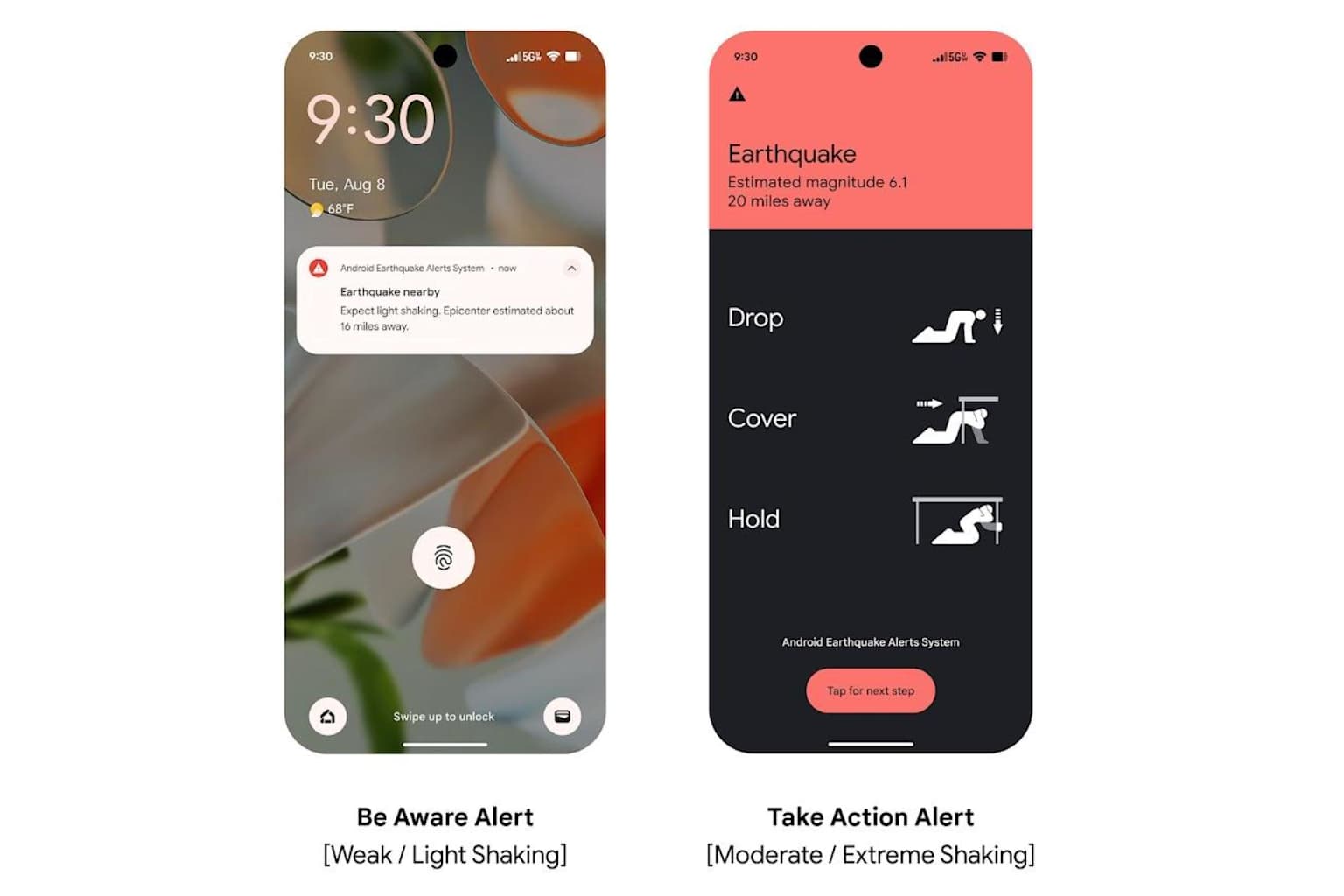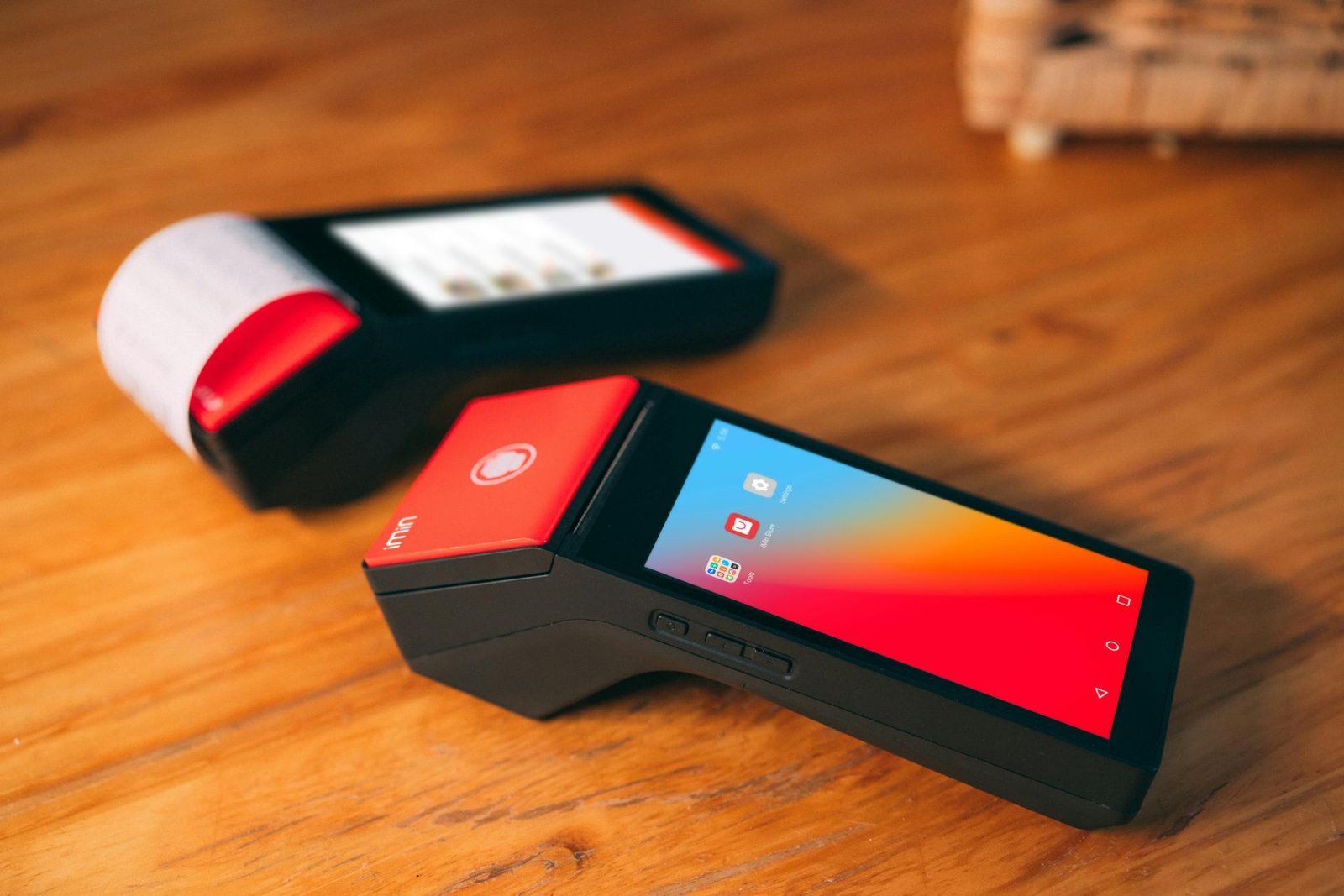Introduction: When Your Phone Becomes a Lifesaver
Imagine receiving a warning on your smartphone 60 seconds before an earthquake strikes your area. What once seemed like science fiction is now reality, thanks to Google’s Android Earthquake Alerts (AEA) system. This groundbreaking technology has transformed ordinary smartphones into a global earthquake detection network, potentially saving millions of lives worldwide.
How Your Smartphone Detects Earthquakes
Google’s Android Earthquake Alerts system leverages the accelerometers built into Android phones—the same sensors that rotate your screen when you turn your device. When multiple phones in an area simultaneously detect earthquake-like vibrations, sophisticated algorithms analyze the data to confirm whether an actual seismic event is occurring.
This crowd-sourced approach to earthquake detection represents a paradigm shift in seismology, democratizing earthquake early warning systems that were previously available only in wealthy nations with extensive seismic monitoring infrastructure.
Remarkable Global Performance Statistics
Recent research published in Science journal reveals impressive performance metrics for the Android system:
- 11,000+ earthquakes detected across 98 countries over three years
- 85% accuracy rate matching traditional seismic monitoring networks
- 2.5 billion people now have access to earthquake alerts
- 10x increase in global earthquake warning coverage since 2019
Real-World Impact and User Experience
Alert Types and Timing
The Android earthquake alert system delivers two distinct types of notifications:
- “BeAware” alerts: For light shaking scenarios
- “TakeAction” alerts: Critical warnings that override all phone settings during moderate to extreme shaking
Users can receive warnings up to 60 seconds before feeling tremors, providing crucial time to take protective actions like dropping, covering, and holding on.
User Satisfaction and Behavioral Response
Survey data from over 1.5 million alert recipients demonstrates strong user confidence in the system:
- 85% rated alerts as “very helpful”
- 28% of urgent alert recipients followed recommended safety actions
- 84% expressed increased trust in future warnings
Continuous Improvement Through Real-World Testing
Learning from the 2023 Turkey Earthquakes
The system faced its most significant test during Turkey’s devastating February 2023 earthquakes. While initially underestimating the first 7.8 magnitude quake, Google’s research team used this experience to refine their algorithms. Updated software would have detected the earthquake in just 6.3 seconds and warned 67 million people.
Enhanced Accuracy Over Time
The system’s precision has improved dramatically since launch:
- Magnitude estimation errors reduced from 0.50 to 0.25
- Monthly detection average of 312 earthquakes (April 2021 to March 2024)
- Detection range from magnitude 1.9 to 7.8
Expanding Beyond Smartphones: The Future of Earthquake Alerts
Wearable Technology Integration
In June 2025, Google announced that earthquake alerts would extend to Wear OS smartwatches, ensuring users receive warnings even when their phones are out of reach. This expansion demonstrates the technology’s potential to integrate with the broader Internet of Things ecosystem.
Bridging the Global Warning Gap
Before Android’s earthquake alert system launched, only 250 million people worldwide had access to earthquake early warning systems. The smartphone-based approach has proven particularly valuable for earthquake-prone regions lacking expensive seismic monitoring infrastructure, including:
- Central Asia
- South America
- Africa
- Other developing regions
The Technology’s Broader Implications
Democratizing Disaster Preparedness
Android Earthquake Alerts represent a fundamental shift toward democratized disaster preparedness technology. By utilizing devices people already own, Google has created a global safety net that doesn’t require massive infrastructure investments from governments or organizations.
Setting New Standards for Early Warning Systems
Research conclusions indicate that “globally distributed smartphones can be used to detect earthquakes and issue warnings at scale with an effectiveness comparable to established national systems.” This finding could influence how future disaster warning systems are designed and deployed.
Optimizing Your Earthquake Preparedness
Ensuring You’re Protected
To benefit from Android Earthquake Alerts:
- Keep your Android device updated with the latest software
- Enable location services for accurate alert delivery
- Familiarize yourself with alert types and appropriate responses
- Practice earthquake safety procedures regularly
Beyond Technology: Complete Earthquake Preparedness
While smartphone alerts provide crucial early warning, they’re just one component of comprehensive earthquake preparedness:
- Secure heavy furniture and appliances
- Maintain emergency supply kits
- Identify safe spots in your home and workplace
- Develop family communication plans
Conclusion: A New Era of Earthquake Safety
Google’s Android Earthquake Alerts system represents a remarkable achievement in leveraging consumer technology for public safety. With over 2.5 billion people now protected by this smartphone-based early warning network, we’re witnessing the democratization of earthquake preparedness on an unprecedented scale.
As the technology continues to evolve and expand to new devices and platforms, it promises to save countless lives while serving as a model for other disaster preparedness innovations. The future of earthquake safety isn’t just in specialized equipment—it’s in the device you’re probably reading this on right now.







